Continuous Monitoring and Refinement of Website KPIs
Effective website management requires not just setting Key Performance Indicators (KPIs), but also continuously monitoring and refining them to ensure they remain aligned with business goals and user needs. Here’s a structured approach to this process, grounded in best practices and neutral, actionable advice.
Key Steps in Continuous KPI Monitoring
- Set Targeted KPIs: Begin by identifying which metrics matter most for your website’s objectives—common examples include bounce rate, conversion rate, average session duration, traffic sources, and uptime. Avoid monitoring everything; focus on KPIs that directly impact user experience and business outcomes.
- Use Integrated Tools: Leverage analytics platforms (e.g., Google Analytics, AgencyAnalytics) to consolidate data from various sources, enabling real-time tracking and streamlined reporting. This integration reduces manual effort and improves data accuracy.
- Regular Review Cycles: Schedule periodic reviews (e.g., weekly, monthly) to assess KPI trends, identify patterns, and detect anomalies. Look for correlations between marketing activities and KPI movements to understand what drives performance.
- Segmentation and A/B Testing: Break down KPI data by user segments (e.g., geography, device, referral source) to uncover insights specific to different audiences. Use A/B testing to experiment with changes and measure their impact on KPIs.
- Actionable Insights: Translate data into concrete actions. For example, if a product page has a high bounce rate, consider redesigning the layout, clarifying calls-to-action, or improving load times.
- Refine KPIs Over Time: As business goals evolve, revisit and adjust your KPIs to ensure they remain relevant. Remove metrics that no longer serve a purpose and introduce new ones as needed.
Best Practices for KPI Refinement
- SMART Goals: Ensure KPIs are Specific, Measurable, Achievable, Relevant, and Time-bound. For instance, aim to “increase organic traffic by 15% in three months” rather than a vague goal like “get more visitors”.
- Cross-Functional Input: Involve developers, marketers, and customer support in the KPI selection and review process to gain diverse perspectives and ensure technical feasibility.
- Avoid Dashboard Overload: Focus on a manageable set of KPIs to prevent information overload and maintain clarity for decision-makers.
- Benchmarking: Compare your KPIs against industry standards or past performance to contextualise your results and identify areas for improvement.
- Continuous Learning: Use insights from KPI analysis to iteratively optimise content, user experience, and technical performance.
Monitoring Techniques
- Synthetic Monitoring: Simulate user interactions from various locations and devices to proactively detect issues before they affect real users.
- Real User Monitoring (RUM): Collect and analyse data from actual user sessions to understand real-world performance and identify pain points in the user journey.
Example Workflow
- Define KPIs aligned with business objectives (e.g., reduce bounce rate by 10% in Q4).
- Implement tracking using integrated analytics tools.
- Review data regularly, segment by user type, and conduct A/B tests.
- Identify insights and implement changes (e.g., page speed optimisations, content updates).
- Measure impact of changes and refine KPIs as needed.
- Repeat the cycle to foster continuous improvement.
Conclusion
Continuous monitoring and refinement of website KPIs is an iterative, data-driven process that requires clear goals, the right tools, regular review, and a willingness to adapt. By focusing on actionable metrics and involving cross-functional teams, organisations can ensure their websites remain effective, user-friendly, and aligned with evolving business needs.


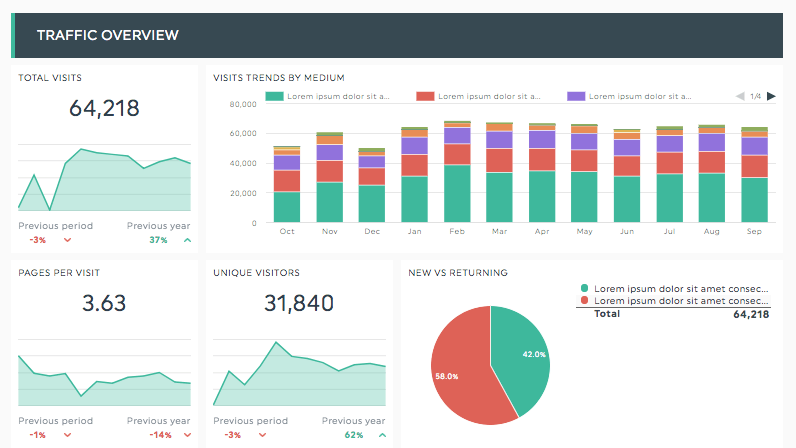
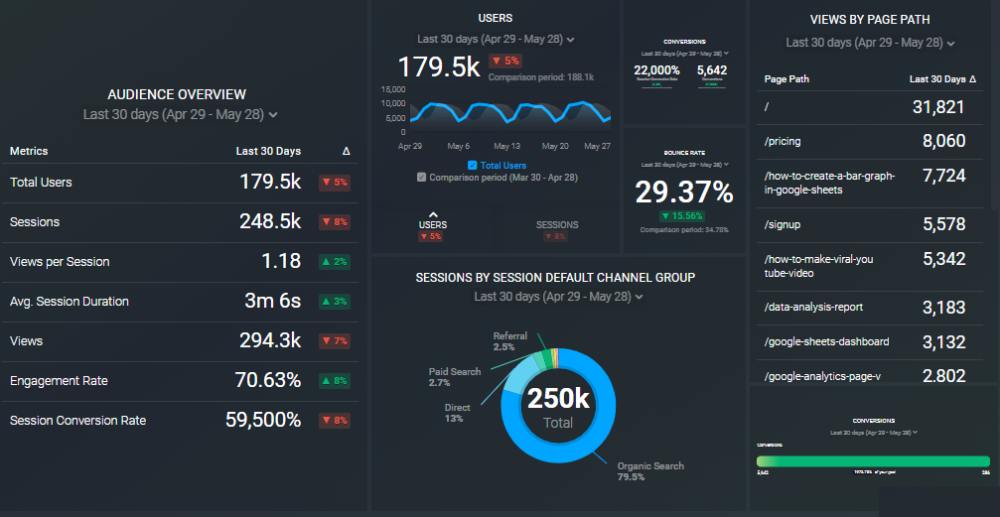
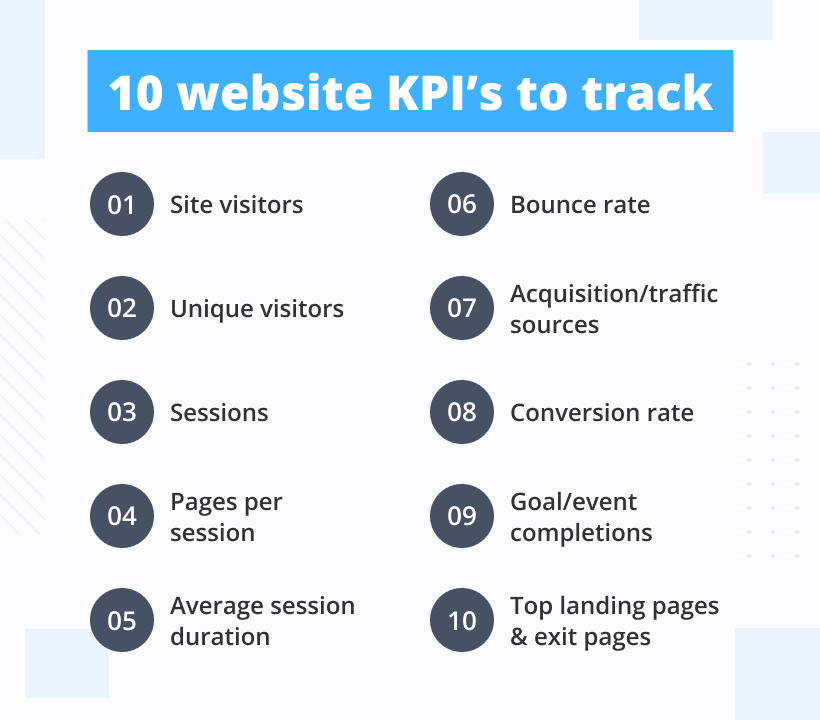

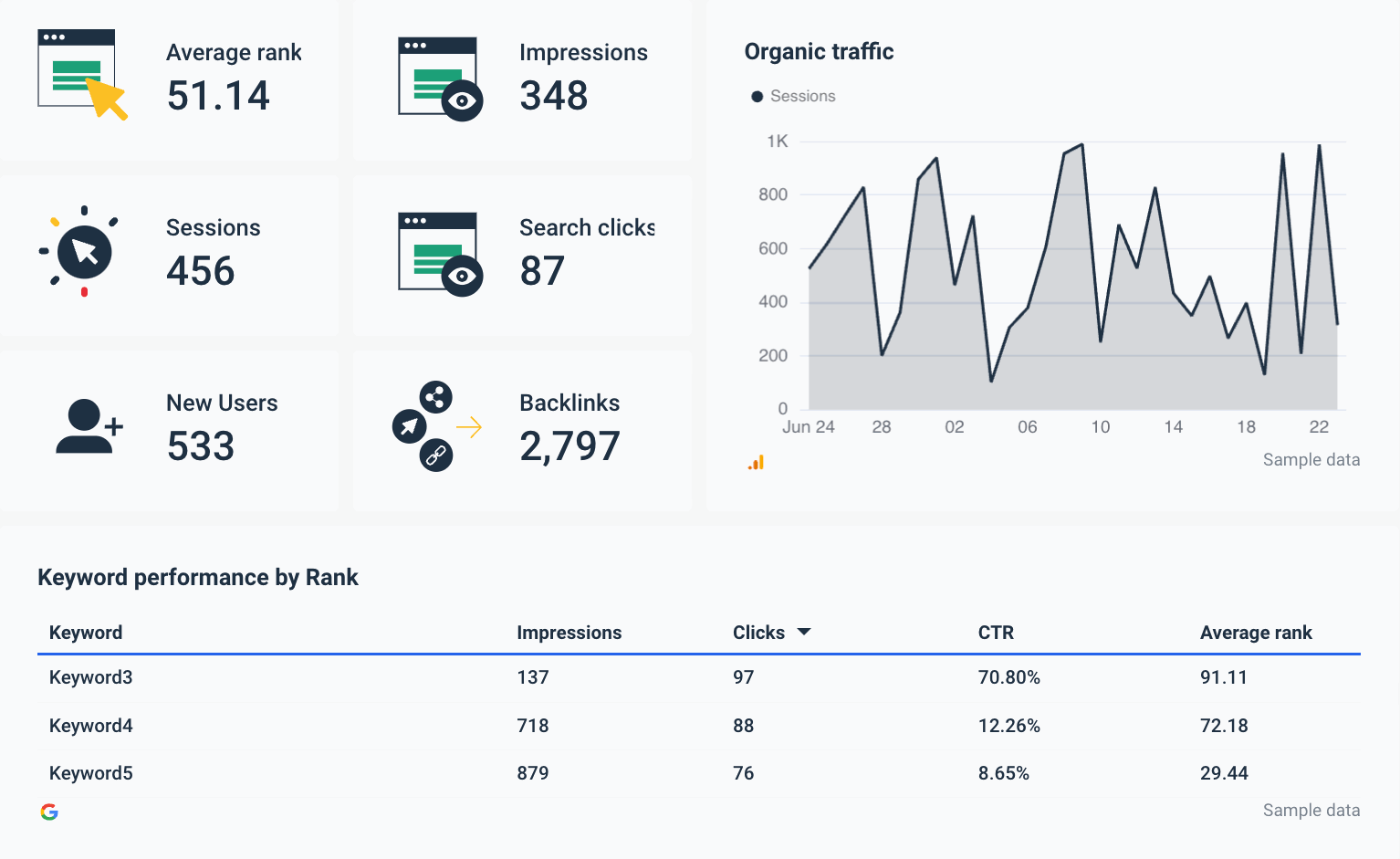







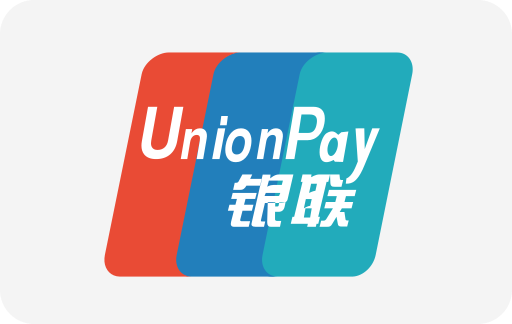





WebSeoSG offers the highest quality website traffic services in Singapore. We provide a variety of traffic services for our clients, including website traffic, desktop traffic, mobile traffic, Google traffic, search traffic, eCommerce traffic, YouTube traffic, and TikTok traffic. Our website boasts a 100% customer satisfaction rate, so you can confidently purchase large amounts of SEO traffic online. For just 40 SGD per month, you can immediately increase website traffic, improve SEO performance, and boost sales!
Having trouble choosing a traffic package? Contact us, and our staff will assist you.
Free consultation